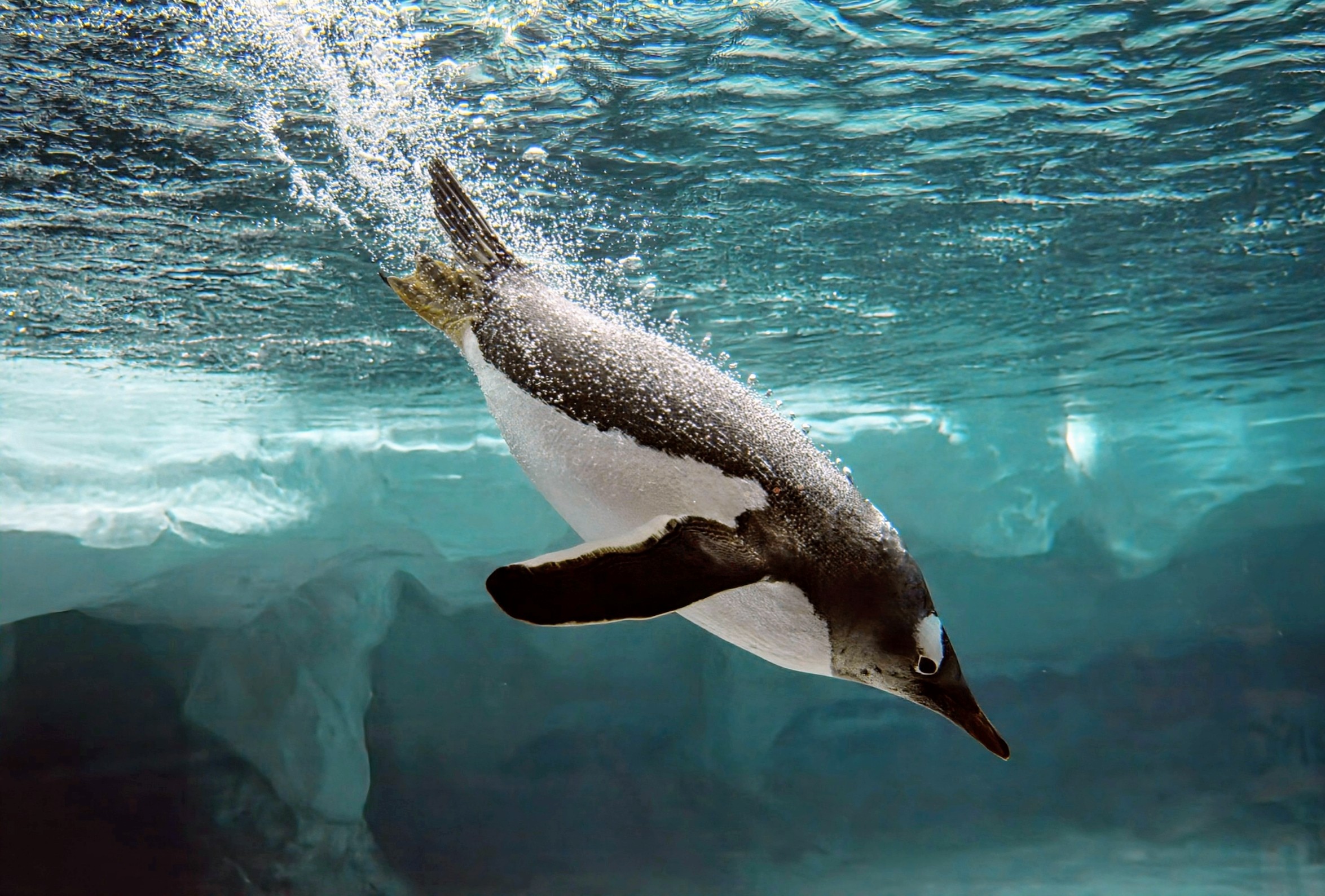Time: 2024-08-21
A recent study conducted by a team of scientists from the University of Colorado Boulder has shed light on the urgent need for increased protection of the Southern Ocean surrounding Antarctica . The researchers have identified 30 new critical areas that are crucial for conserving biodiversity in the region . Cassandra Brooks , the senior author of the study , emphasized the significance of these areas for the ecosystem of the Southern Ocean , highlighting the essential role that native wildlife plays in maintaining the balance of Earth systems.
The Southern Ocean is home to a diverse array of wildlife , including iconic species such as Adlie penguins , Weddell seals , and humpback whales . Despite the isolated nature of the region and its extreme conditions , which have historically shielded its biodiversity from human activities , the accelerating effects of climate change are now posing a threat . Rising temperatures and melting sea ice are opening up opportunities for increased fishing and tourism in the area , potentially leading to stress , the introduction of invasive species , and the spread of diseases among native wildlife.

In response to these growing threats , the research team led by Becker , Brooks , and their colleagues undertook the task of identifying Key Biodiversity Areas ( KBAs ) in the Southern Ocean . By utilizing tracking data for 13 Antarctic and sub - Antarctic seabirds and seals , including Adlie penguins and sooty albatrosses , they pinpointed 30 critical sites that are essential for the foraging , breeding , and migration of various species . The study aimed to bridge the gap between broad - scale perspectives and the specific needs of individual populations , highlighting areas crucial for certain species due to their unique life stages and migration patterns.
One of the significant findings of the study was the identification of key foraging grounds for emperor penguins near Amanda Bay in East Antarctica and critical sites for gray - headed albatrosses near Campbell Island south of New Zealand . These areas , which were previously not flagged as priorities by other conservation efforts , underscore the importance of considering the specific needs of individual species in conservation planning.
The researchers hope that their findings will inform international bodies and governments in developing conservation strategies and determining areas where human activities should be restricted . By reducing fishing and tourism interactions in these key biodiversity areas , there is potential to enhance the resilience of wildlife to climate change . The Southern Ocean , with its role in buffering the impacts of climate change , holds a critical position in the global ecosystem , capturing a significant portion of human - generated carbon dioxide emissions and excess heat caused by climate change.
As the world moves towards increased protection of marine areas through initiatives like the High Seas Treaty and the Global Biodiversity Framework , the identification of Key Biodiversity Areas will play a vital role in guiding spatial conservation efforts across the world 's oceans . By safeguarding these critical areas , we can create a more sustainable and livable world for all species on Earth.